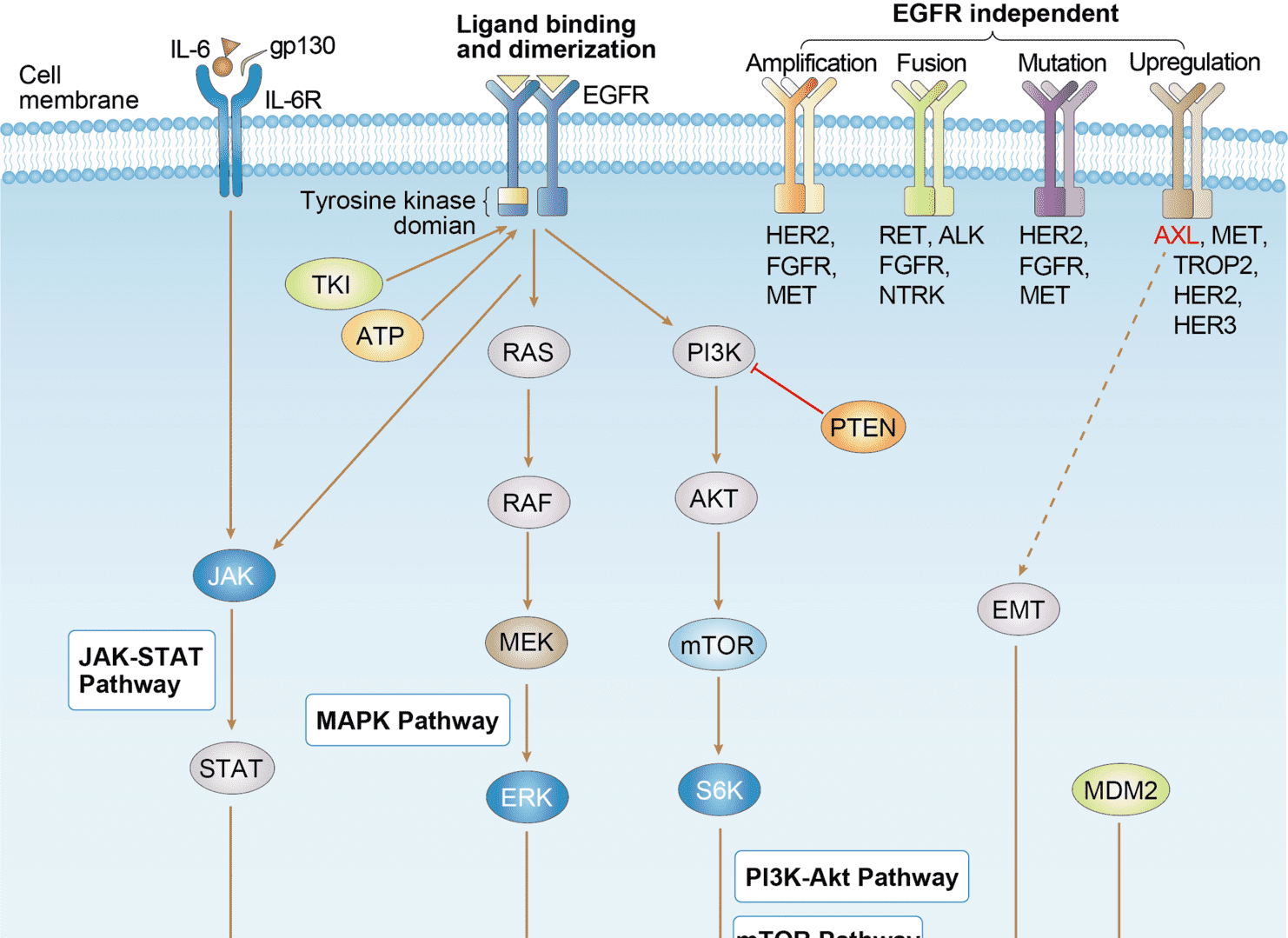 Loading...
Loading...

FGFR4
Anti-FGFR4 Recombinant Antibody Products
-
- Derivation: Humanized
- Species Reactivity: Human
- Type: ADCC enhanced antibody
Can't find the products you're looking for? Try to filter in the left sidebar.Filter By Tag
Our customer service representatives are available 24 hours a day, from Monday to Sunday. Contact Us
For Research Use Only. Not For Clinical Use.
Cancer-related genes, CD markers, Disease related genes, Enzymes, FDA approved drug targets, Metabolic proteins, Plasma proteins, RAS pathway related proteins, Transporters
Intracellular, Membrane (different isoforms)
Cell type enhanced (Skeletal myocytes, Cholangiocytes, Undifferentiated cells, Theca cells, Hepatocytes)
Not detected in immune cells
Group enriched (CACO-2, Hep G2, RH-30)
Monomer. Homodimer after ligand binding. Interacts with FGF1, FGF2, FGF4, FGF6, FGF8, FGF9, FGF16, FGF17, FGF18, FGF19, FGF21 and FGF23 (in vitro). Binding affinity for FGF family members is enhanced by interactions between FGFs and heparan sulfate proteoglycans. Interacts with KLB; this strongly increases the affinity for FGF19 and FGF23. Affinity for FGF19 is strongly increased by KLB and sulfated glycosaminoglycans. KLB and KL both interact with the core-glycosylated FGFR4 in the endoplasmic reticulum and promote its degradation, so that only FGFR4 with fully mature N-glycans is expressed at the cell surface. Identified in a complex with NCAM1, CDH2, PLCG1, FRS2, SRC, SHC1, GAP43 and CTTN. Interacts with MMP14 and HIP1 (PubMed:11433297, PubMed:16597617, PubMed:17623664, PubMed:18670643, PubMed:20683963, PubMed:20798051, PubMed:21653700, PubMed:7518429, PubMed:8663044). Interacts with STAT3 (PubMed:26675719).
Kinase, Receptor, Transferase, Tyrosine-protein kinase

 EGFR Tyrosine Kinase Inhibitor Resistance
EGFR Tyrosine Kinase Inhibitor Resistance